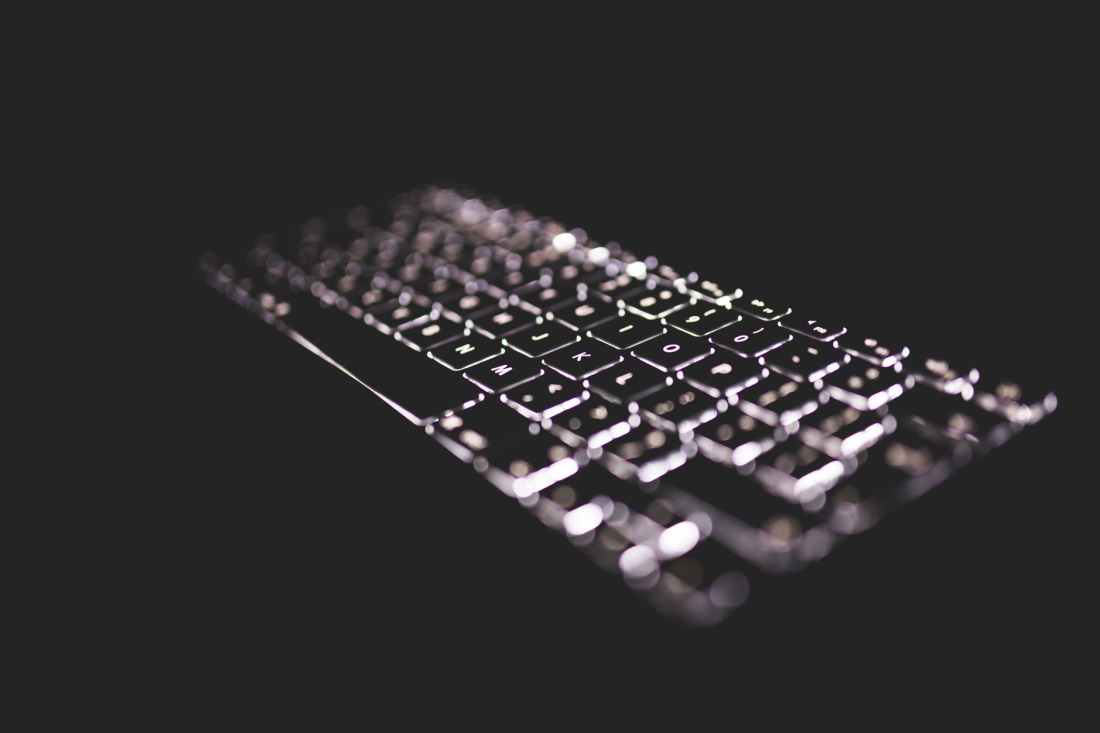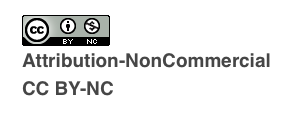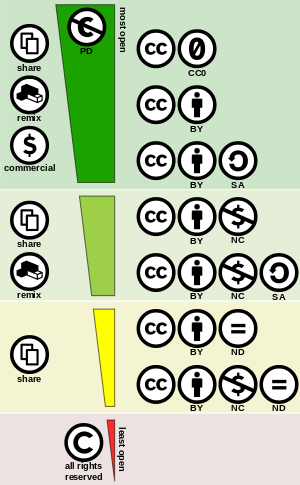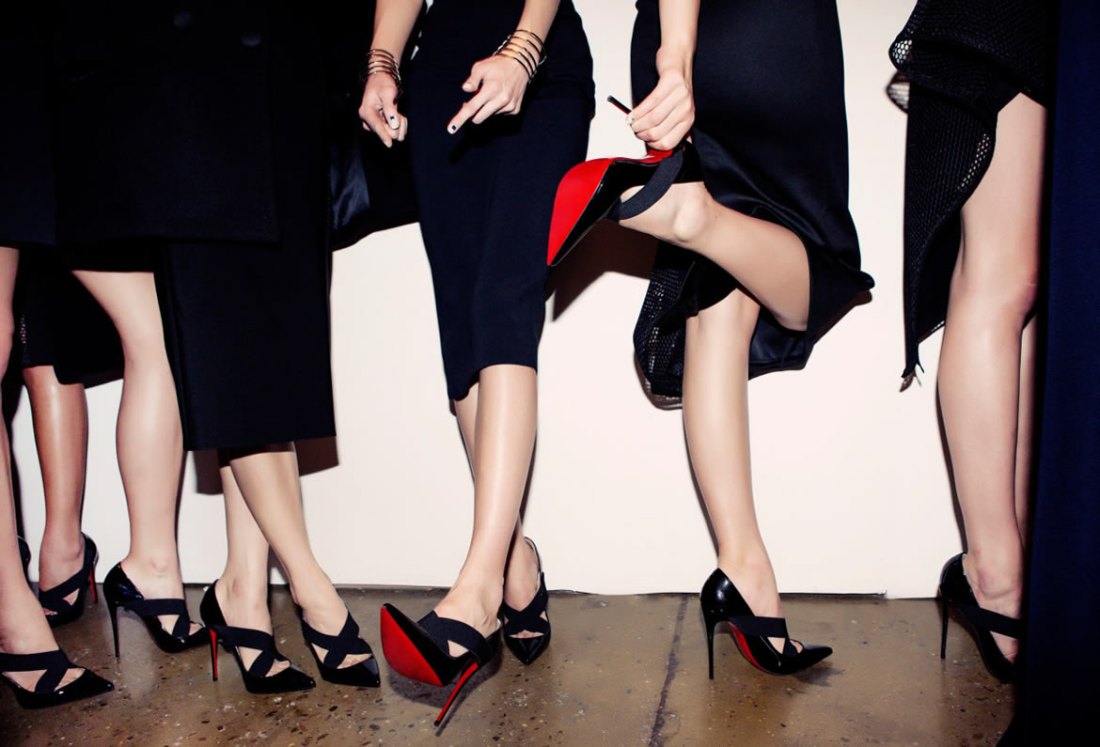The 5th week of web design truly crept up on me. I feel like we have only been in class for a short amount of time but at the same time we have already accomplished so much. Thinking back to the first week that html was being introduced I remember thinking to myself “am I ever going to be able to fully understand how to code?” It was extremely daunting to me. But now, at week 5, I feel comfortable coding, uploading to filezilla, and am even excited to start delving into the world of CSS and design.
This week we started to learn more about what we want our website to look like and embody and what type of people we think our site will attract based on the design and content it holds. In class we did exercises containing questions such as: Who is your imagined ideal user? What is their motivation for wanting to look at your site? What is your content? I took this exercise seriously in that I wanted to make sure I answered these questions thoughtfully so that I could have a better and more narrow idea of how I wanted my website to play out. Below is a screenshot of some of my notes from this exercise where you can see my thought process.

Now on to Duckett. A tip that I have learned with this book and all the information it holds is to highlight and take notes. Being a visual learned I really have enjoyed having this book as another learning resource to back up what we learn in class. Just from reading (and sometimes re-reading) chapters 10 and 11, I was easily able to apply color to my html page. To me this was exciting because once again it proved that I was one step closer to this site starting to really turn into something in my eyes. Although I don’t think I will keep this color or font scheme necessarily, it gave me confidence! Another tip that has really helped me is constantly trying to aim for “Clean Coding,” a term we use in class a lot. Although it may seem silly at first to make sure things are spaced out and aligned, it really has benefited me. Something I really like about Brackets is that when I was adding my backgorund color it automatically provided a dropdown box of different possible colors that I could scroll through. This is a feature I found to be beneficial but also made me even more indecisive that I thought I was….


Whats up next? The design persona is something I have wanted to get a head start on because to me this is both an important and exciting part and start to the REAL look and feel of our site. Before I began I dipped into my personal Instagram archives and found three bloggers that I have admired for a while now both on social media and online. Looking at Cellajane.com from a design perspective I realized that I loved the simplicity of the blog and the fonts and colors used. To me its professional, calming, organized, yet bold all at the same time. Using this as inspiration really benefiting me when starting my design persona. I advise everyone to find a blog or even something as simple as a picture to use as their “jumping off point” with this process. Below I have attached a sample of the start of my design persona that I made on Adobe Illustrator.
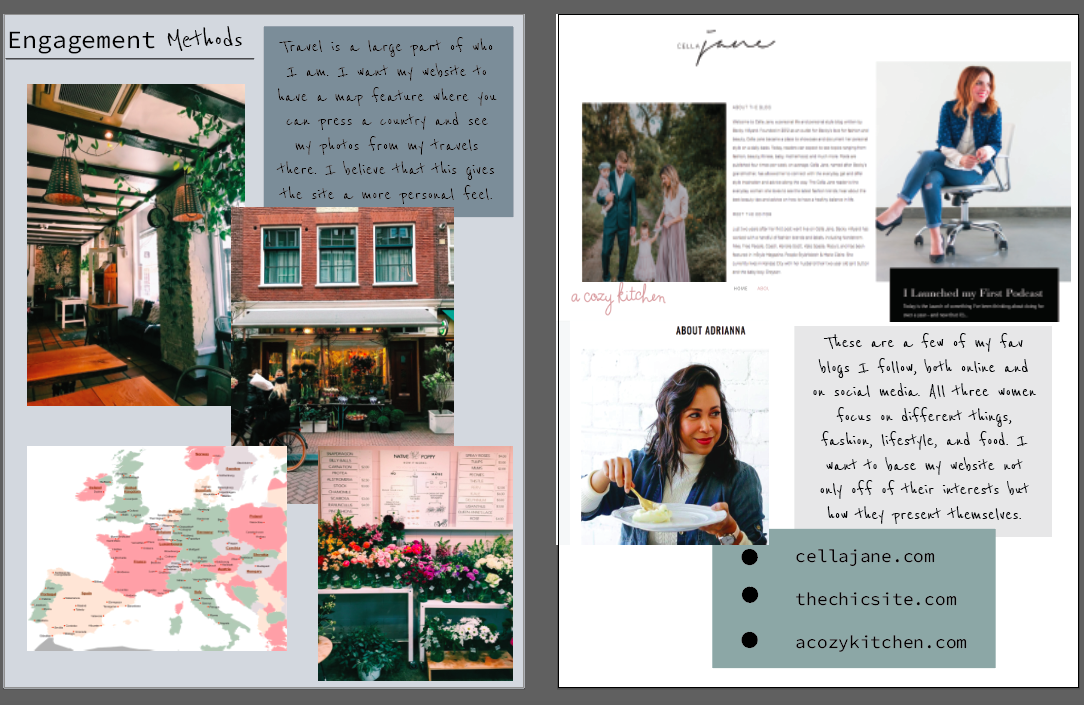
Lastly, keep continuing to practice your coding and lets get creative with this process together!
#coding #webdesign #html #css #designpersona
